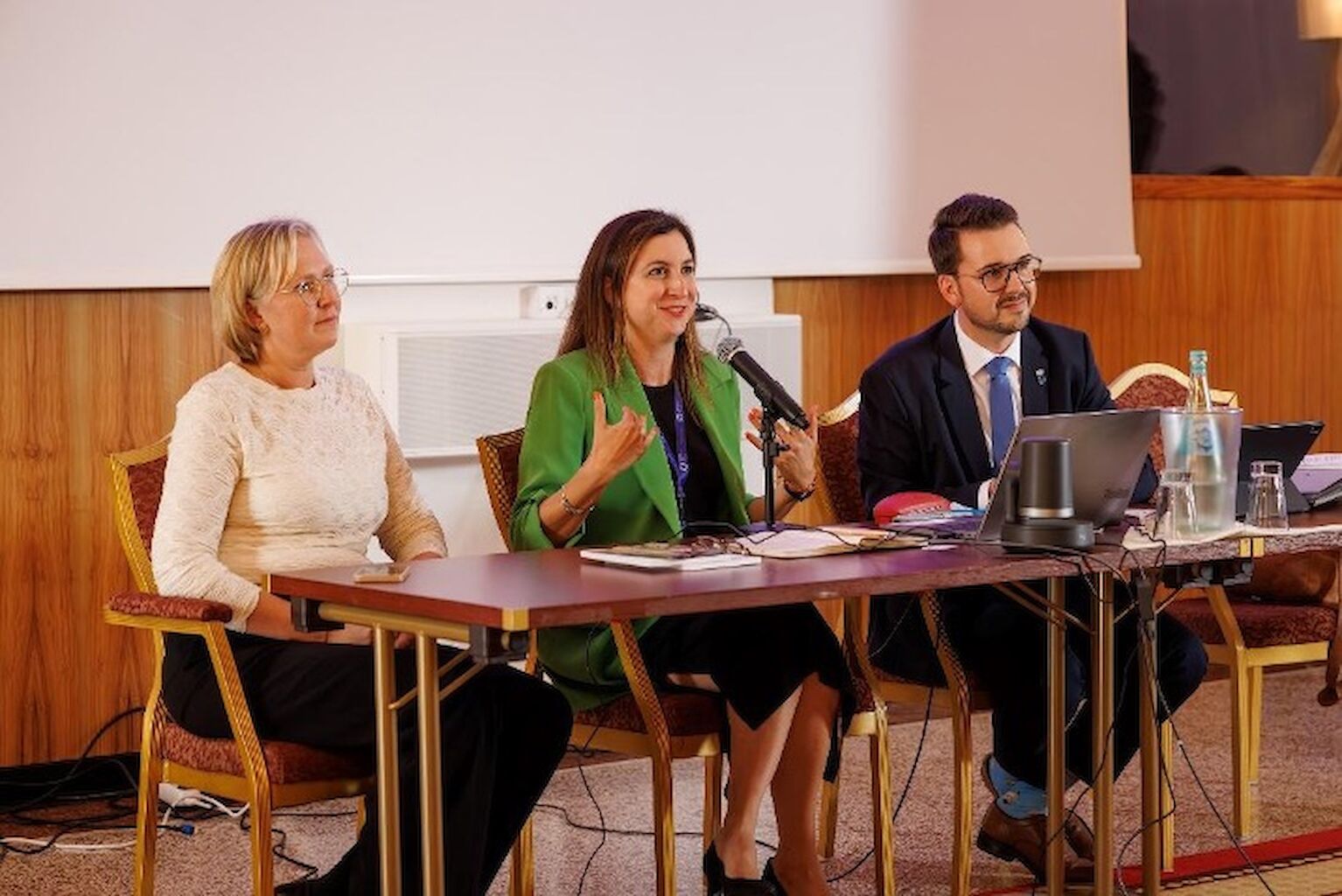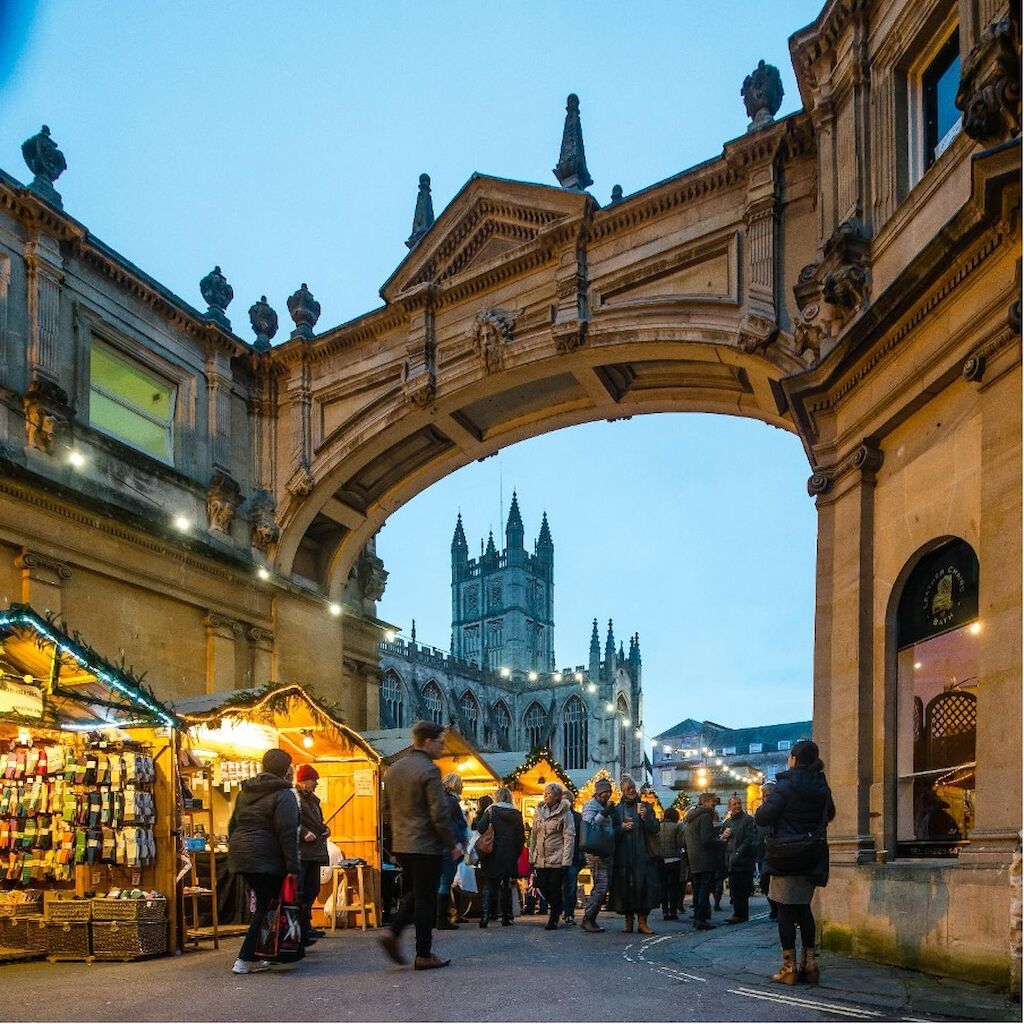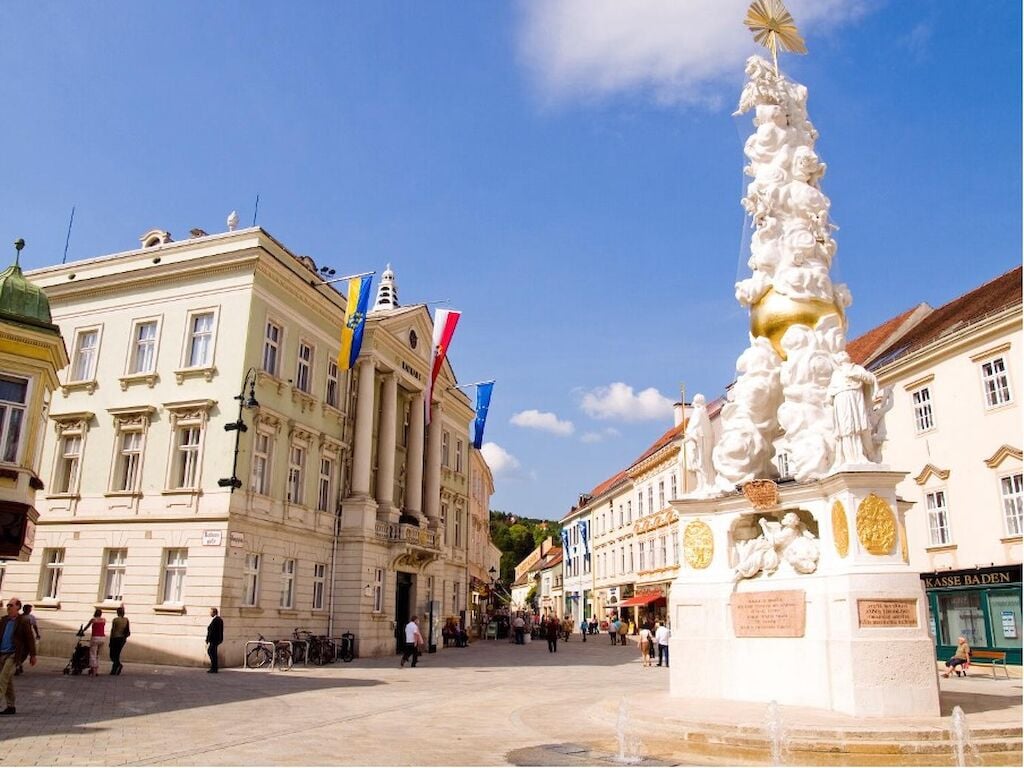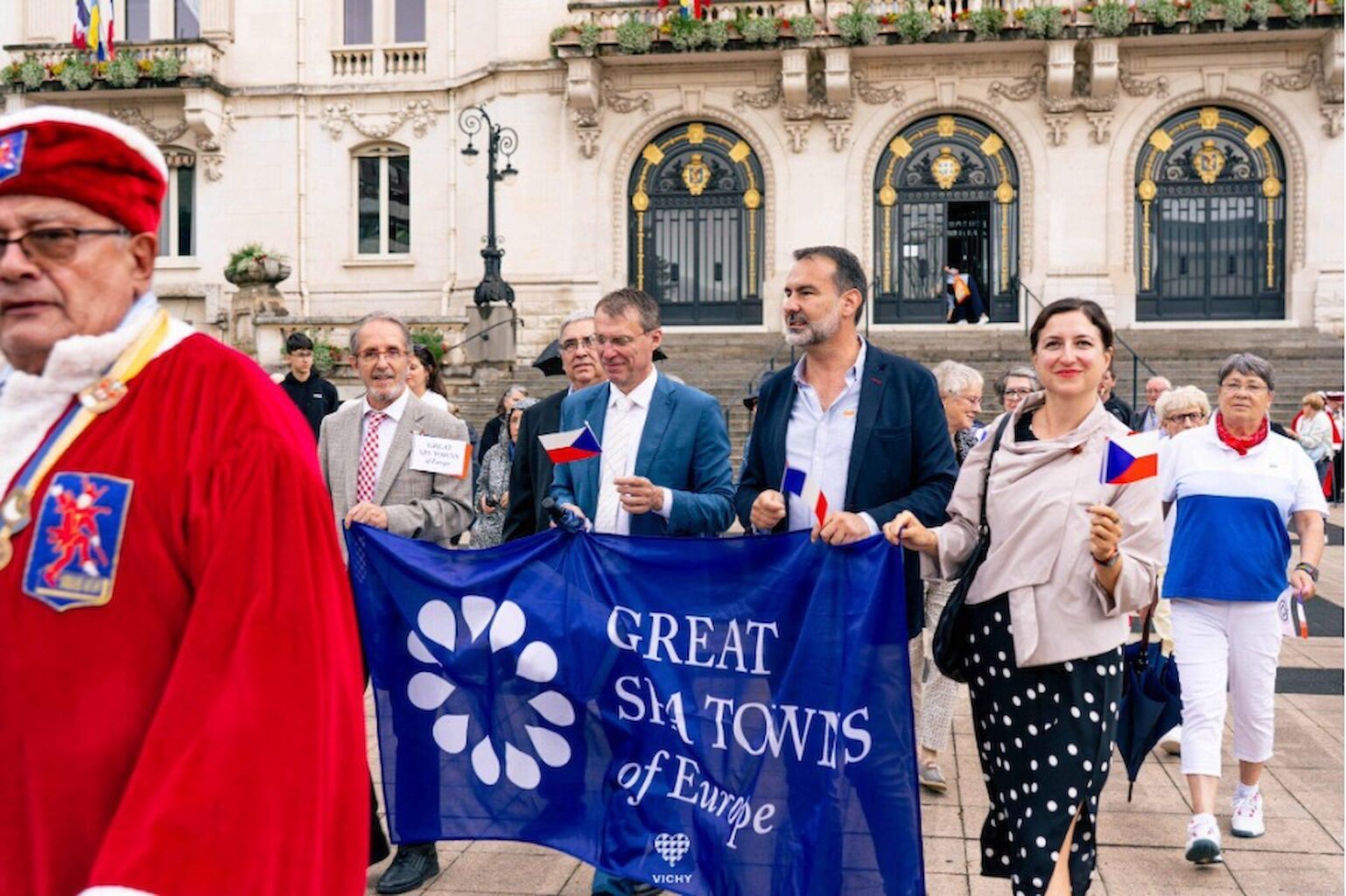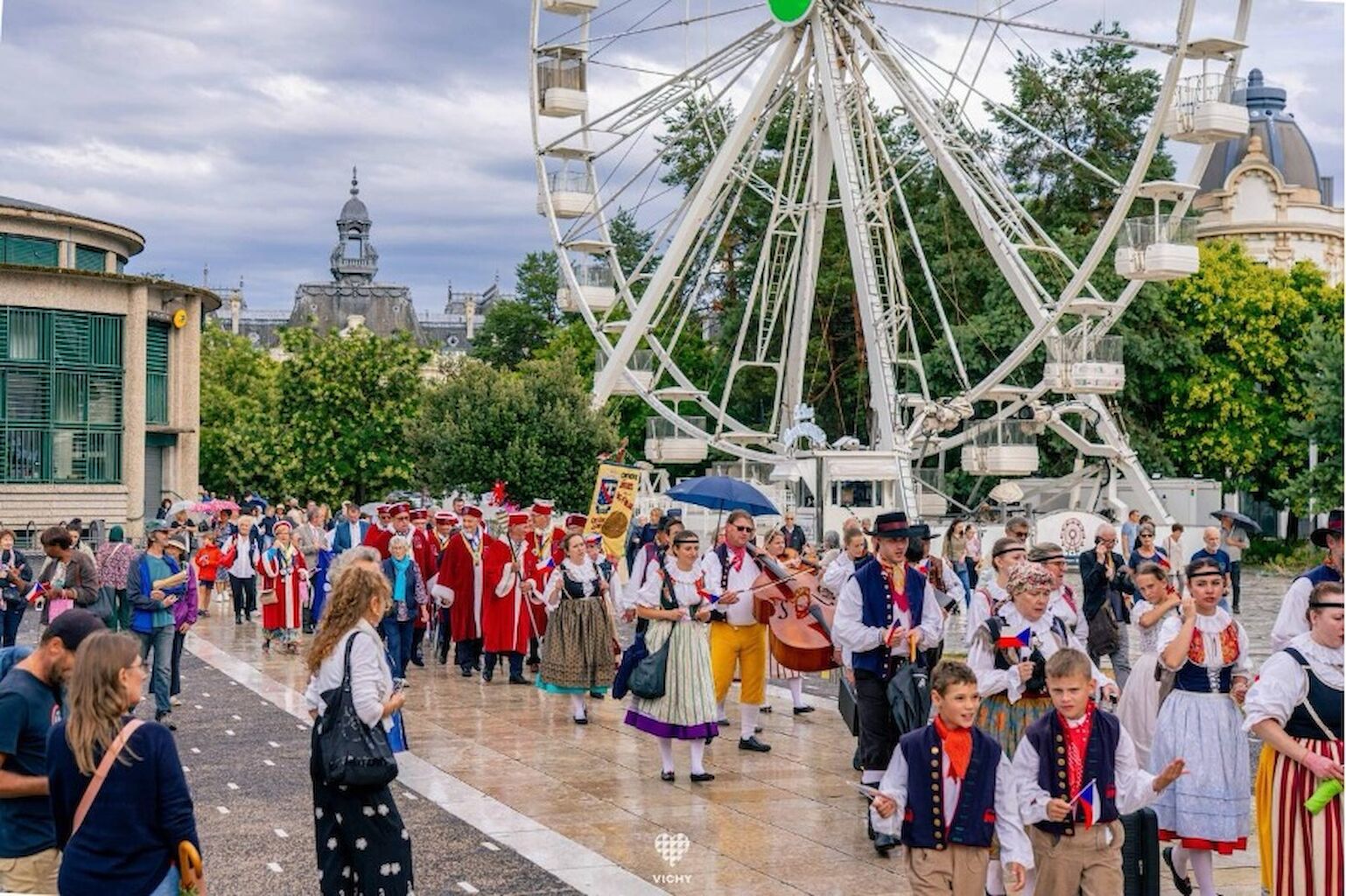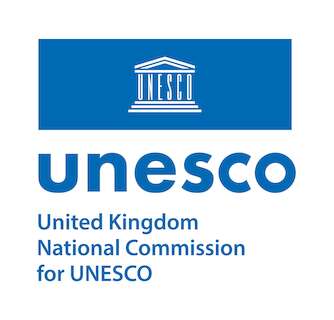Speaking at the General Assembly, the Chair of The Great Spa Towns of Europe Association and the Mayor of Bad Ems, Oliver Krügel, spoke to the press alongside the Secretary General, Chiara Ronchini, and Julia Palotas, World Heritage Coordinator and Museum Director of City of Bad Ems.
The trio detailed how the inscription has affected tourism, heritage management and local development. The resulting press coverage drew attention to some methods of quantifying the added value of being inscribed on UNESCO’s World Heritage List.
Regional German news outlet SWR Aktuell reported on increased tourism in Bad Ems, stating the World Heritage inscription "isn't just a prestige gain for the town—since receiving the title, the number of overnight guests in the spa town on the Lahn River has increased by almost ten per cent."
"The title not only enhanced the city's reputation and image, but also boosted tourism."
Krügel confirmed the trend, carefully predicting a small increase in overnight stays. "In 2022, one year after the award ceremony, approximately eight to nine percent more overnight guests came to the town – a total of around 300,000 overnight stays were recorded in Bad Ems."
As a result of the inscription, Bad Ems has also been granted additional monument protection zones, and urban planning has been restructured. "It must be emphasised that the World Heritage title is not a tourism title”, Krügel explained, “but rather a commitment to even greater monument preservation".
Each year, The Great Spa Towns of Europe reports on the added value of the UNESCO World Heritage inscription across its eleven component towns every year in its annual review.
Besides tourism numbers, other indicators — such as local events, heritage tours, cultural programming and increased investment — can help give a picture of the impact of World Heritage status.



